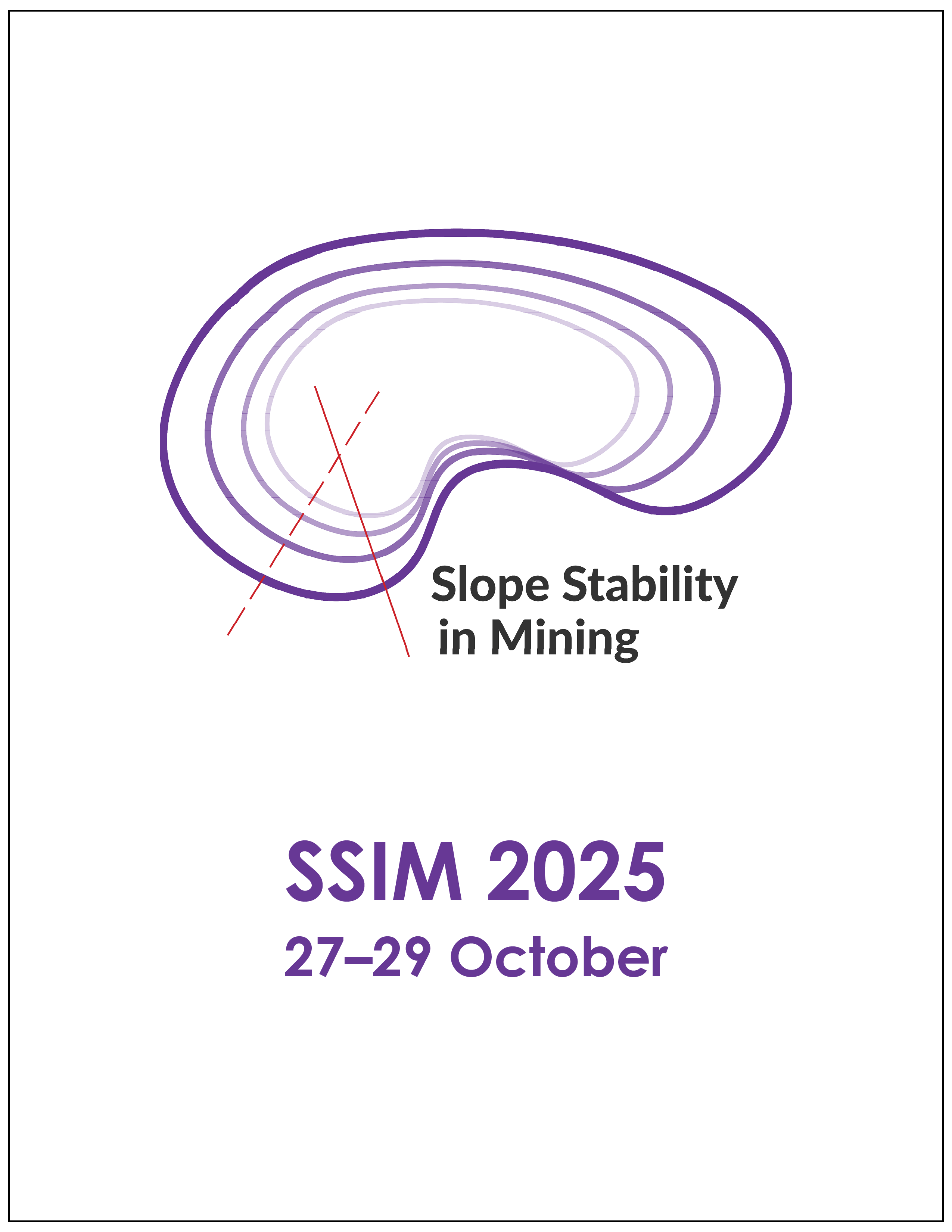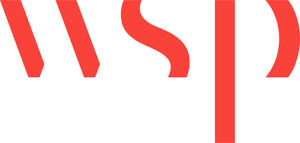Enhancing data quality and transparency in geotechnical data collection

|
Authors: Veltin, K; McMillan, R; Lawrence, K |
DOI https://doi.org/10.36487/ACG_repo/2535_45
Cite As:
Veltin, K, McMillan, R & Lawrence, K 2025, 'Enhancing data quality and transparency in geotechnical data collection', in JJ Potter & J Wesseloo (eds), SSIM 2025: Fourth International Slope Stability in Mining Conference, Australian Centre for Geomechanics, Perth, https://doi.org/10.36487/ACG_repo/2535_45
Abstract:
Confidence and reliability in the data obtained from field programs are an important, if not the most critical, component of geotechnical design. Geotechnical data quality is of the utmost importance, and achieving highquality geotechnical data necessitates stringent standards, meticulous procedures, real-time quality assurance and quality control (QAQC), and transparent communication with ongoing refinement. Though QAQC is pivotal in improving confidence in geotechnical datasets, it can often involve repetitive and laborious tasks. Recognising this, the authors identified the need for improved and automated processes to streamline routine QAQC tasks, thereby providing field staff and engineers with the time to focus on conceptual comprehension and rock mass characterisation. A set of Python tools was developed to automatically identify and reconcile errors in geotechnical core logging data. These processes identify inconsistencies such as incongruent depth values, oriented core angles exceeding logical limits, inflated Rock Quality Designation (RQD) values for weak rock, and instances of omissions and typographical errors. Moreover, the tools generate geotechnical strip blogs to visually represent the data, assisting in the review and identification of conceptual errors such as disparities between field estimate strength and point load indices and inaccuracies in fault classification based on logged characteristics. By automating these processes, QAQC can be completed daily by an onsite field supervisor or offsite engineering support team, providing immediate feedback to the data-collection personnel. This improves communication during the execution of large field programs, increasing the knowledge and confidence of morejunior field staff, and resulting in higher-quality data for use in future geotechnical designs. The processes are currently being integrated into a data-management and QAQC framework, underpinned by a novel project dashboard, which details QAQC, execution, and health and safety metrics and is accessible to clients, field personnel, and offsite engineering support. Additional features of the QAQC framework are also being considered based on user and client feedback. This framework has been applied in recent largescale drilling programs involving multiple drill rigs and logging personnel and has demonstrated reduced logging errors, validating its effectiveness in improving confidence in the collected data and collaboration and transparency among key stakeholders.
Keywords: quality control, quality assurance, automation, geotechnical data
References:
DronaHQ 2025, DronaHQ, computer software, DronaHQ, https://www.dronahq.com
Horner, J & Betancourt, JA 2023, ‘Understanding the geological and geotechnical drill core logging process – key to success’, Proceedings of the 15th ISRM Congress.
Liker, JK 2021, The Toyota Way: 14 Management Principles from the World’s Greatest Manufacturer, 2nd edn, McGraw Hill, New York.
Mears, C 2024, ‘Maximising the value of geotechnical logging’, Proceedings of Slope Stability 2024.
Microsoft 2024, Microsoft Azure Storage, computer software, https://azure.microsoft.com/en-ca/products/storage/blobs
MongoDB Inc 2023, MongoDB, version 6.0.7, computer software, https://www.mongodb.com
Morrell, C & Pere, V 2023, ‘The value of senior-level practitioners logging core’, in PM Dight (ed.), SSIM 2023: Third International Slope Stability in Mining Conference, Australian Centre for Geomechanics, Perth, pp. 551–558,
ACG_repo/2335_36
Paul, J & Griffin, M 2021, ‘The importance of robust validation of geotechnical data and systematic domaining in defining appropriate rock mass parameters as inputs for modelling and design’, in PM Dight (ed.), SSIM 2021: Second International Slope Stability in Mining, Australian Centre for Geomechanics, Perth, pp. 357–372,
Python Software Foundation 2022, Python, version 3.9.16, computer software, http://www.python.org
Retool 2025, Retool, computer software, https://retool.com/apps
Russo, A, Montiel, E & Hormazabal, E 2022, ‘Impact of the typical errors in geotechnical core logging for geomechanical design in large caving mines’, in Y Potvin (ed.), Caving 2022: Proceedings of the Fifth International Conference on Block and Sublevel Caving, Australian Centre for Geomechanics, Perth, pp. 1319–1334,
UI Bakery 2025, UI Bakery, computer software, https://uibakery.io
© Copyright 2025, Australian Centre for Geomechanics (ACG), The University of Western Australia. All rights reserved.
View copyright/legal information
Please direct any queries or error reports to repository-acg@uwa.edu.au
View copyright/legal information
Please direct any queries or error reports to repository-acg@uwa.edu.au

